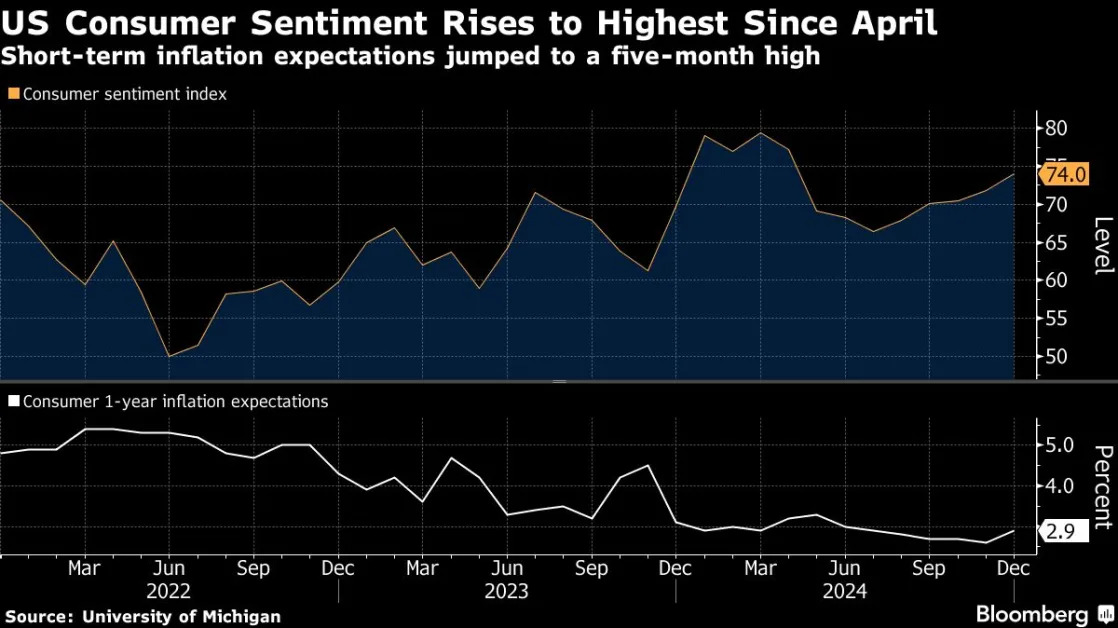By Laila Kearney and Robert Harvey
NEW YORK/LONDON (Reuters) - Oil prices fell by more than $1 a barrel on Monday after OPEC+ decided to accelerate its output hikes, causing concerns about more supply coming into a market clouded by an uncertain demand outlook.
Brent crude futures were down $1.54, or 2.51%, to $59.75 a barrel by 10:55 a.m. EDT (1455 GMT), while U.S. West Texas Intermediate crude was at $56.61 a barrel, a drop of $1.64, or 2.81%.
The contracts opened on Monday at their lowest levels since April 9.
Those moves compounded losses after Brent shed 8.3% and WTI lost 7.5% last week on rising supply concerns after Saudi Arabia signaled it could cope with a prolonged lower price environment. That offset optimism on the demand side that U.S.-China tariff talks could occur, Saxo Bank analyst Ole Hansen said.
OPEC+ agreed on Saturday to further speed up oil production hikes for a second consecutive month, raising output in June by 411,000 barrels per day (bpd).
The June increase by eight participants in the OPEC+ group, which includes non-OPEC member allies like Russia, will take the total combined hikes for April, May and June to 960,000 bpd, representing a 44% unwinding of the 2.2 million bpd of various cuts agreed on since 2022, according to Reuters calculations.
"For the producers outside of the OPEC+ group, which is now nearly 60% of global oil supply, the market share gains may have reached a peak if these new barrels are fed into the market and prices move lower," said Peter McNally, a Third Bridge analyst.
The group could fully unwind its voluntary cuts by the end of October if members do not improve compliance with their production quotas, OPEC+ sources told Reuters.
OPEC+ sources have said Saudi Arabia is pushing OPEC+ to speed up the unwinding of earlier output cuts to punish fellow members Iraq and Kazakhstan for poor compliance with their production quotas.
"The production increase, instigated by Saudi Arabia, is as much about challenging U.S. shale supply as it is to penalize members that have benefited from higher prices while flouting their production limits," Saxo Bank's Hansen said.
ING and Barclays have also lowered their Brent crude forecasts following the OPEC+ decision.
Barclays reduced its Brent forecast by $4 to $66 a barrel for 2025 and by $2 to $60 for 2026, while ING expects Brent to average $65 this year, down from $70 previously.
"The oil market has been dealing with significant demand uncertainty amid tariff risks. This change in OPEC+ policy adds to uncertainty on the supply side," ING analysts led by Warren Patterson said in a note.
Widespread recession fears and weak refined fuel import demand are also weighing on oil prices, said David Wech, chief economist at Vortexa, adding that since mid-February the data analytics firm had noted an approximate 150 million-barrel build in global crude stocks in onshore tanks and on tankers at sea.





